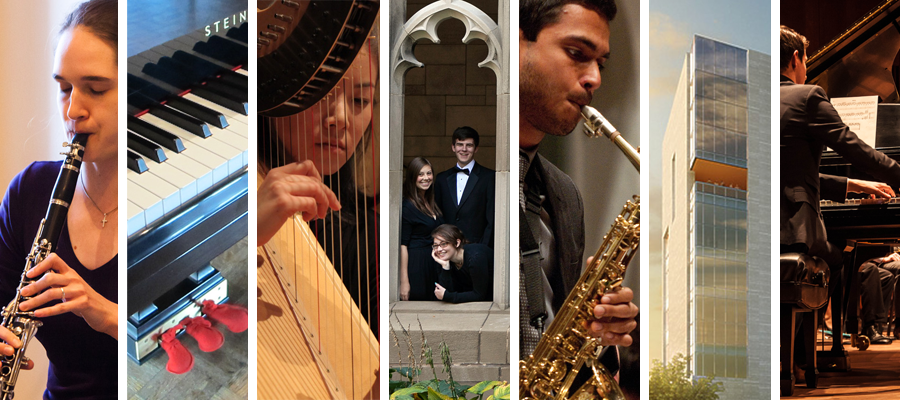 On Saturday, November 3 at 7:30 PM, Opera Cabal performs operaSHOP III at the University of Chicago’s Fulton Recital Hall. Last month, you had a sneak preview of this work in Brooklyn, NY. Can you tell me a little bit about the concept behind this piece? How has the performance been reworked since its preview?
On Saturday, November 3 at 7:30 PM, Opera Cabal performs operaSHOP III at the University of Chicago’s Fulton Recital Hall. Last month, you had a sneak preview of this work in Brooklyn, NY. Can you tell me a little bit about the concept behind this piece? How has the performance been reworked since its preview?
When I originally commissioned Phyllis Chen and Robert Dietz to develop this new piece, “The Slumber Thief,” one thing that was unclear was whether Phyllis, who is a pianist and composer, or her husband, who is a video and sound designer, would be singing, or whether they would use prerecorded material, etc. As it turns out–spoiler alert–Phyllis does sing in this piece. But the last time I saw them perform it they had started doing things with and to her voice that I had not expected, and that started a whole discussion with our dramaturg, Joseph Cermatori, about the impact of audibility and inaudibility in the stakes of the work itself. “The Slumber Thief” is about sleep and nightmares, and one of the questions we will have to resolve before November 1st is whether Phyllis’s voice and the words she speaks should ever be comprehensible or, as in a dream, should be constantly subjected to various processes of distortion.
When you were first establishing Opera Cabal in Hyde Park in 2006, what were your primary goals? Have your goals changed at all in recent years?
When I founded Opera Cabal it was a forum for doing the kind of genre-crossing, smart and edgy theater and new music I knew I wanted to be doing, but couldn’t find elsewhere. But as my work at the University of Chicago deepened, my goals with Opera Cabal changed in parallel. Theory and practice is such a central part of what the U of C is. And in the arts generally, there is still a pretty gaping divide between aesthetic theory and practice. Opera Cabal today seeks to narrow that gap. It is a laboratory for putting theory into practice, and especially for realizing opera criticism (which is what I do) in the form of creative practice.
